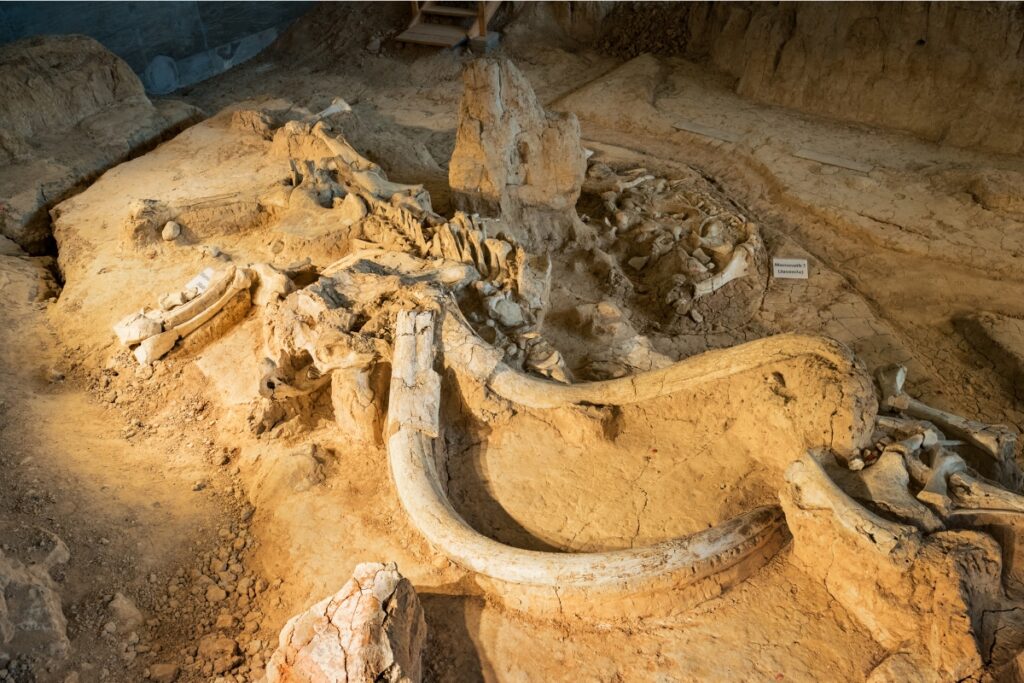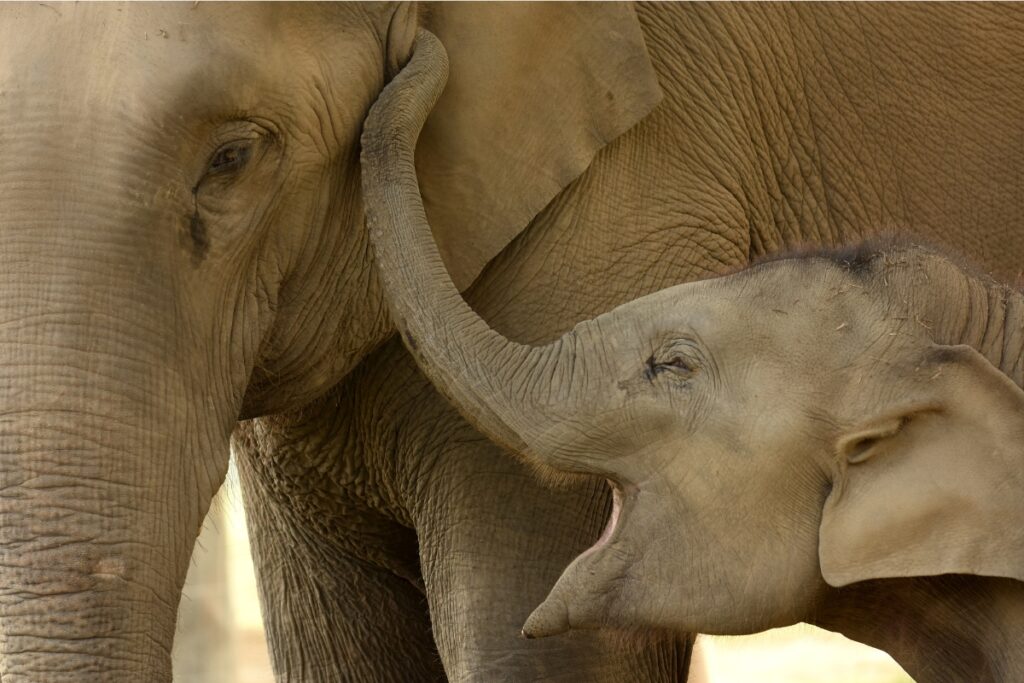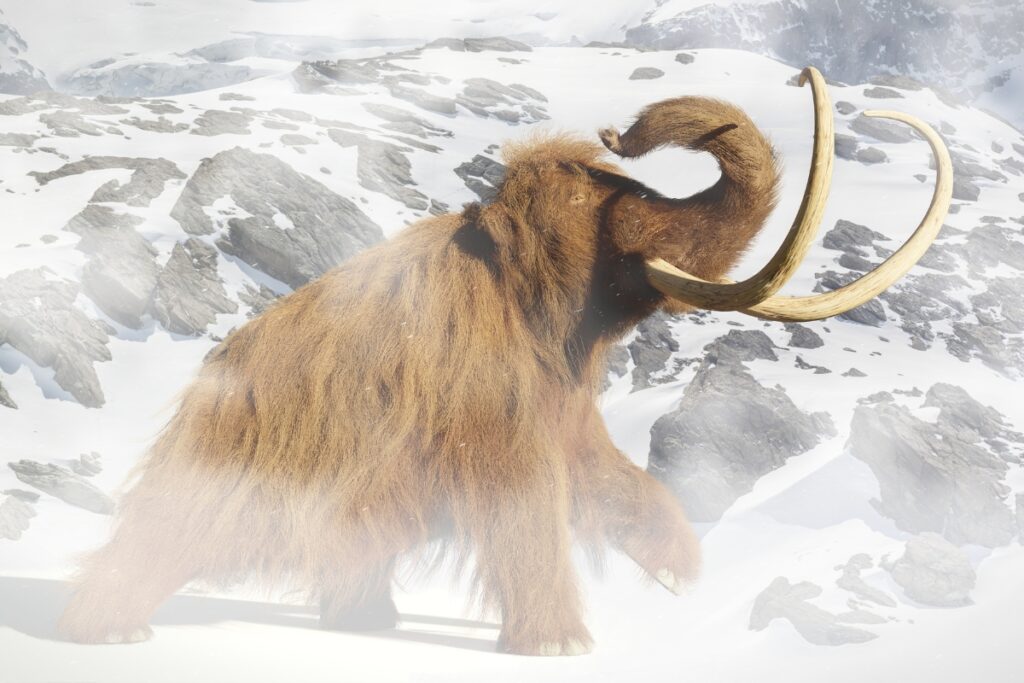
As technology races forward, a familiar face from the Ice Age may be about to make a comeback: the woolly mammoth. Researchers, led by Colossal Biosciences, are closer than ever to reviving the extinct giant that once roamed the northern tundra. But the potential consequences—from ecological disruption to ethical dilemmas—force experts to consider whether we are prepared to manage the complexities of reviving these ancient creatures.
A Mammoth Undertaking
Scientists have already made strides in the field of “de-extinction,” with modern technology allowing them to reconstruct lost genomes with remarkable precision. At Colossal, a Texas-based biotech company, geneticists are working to splice mammoth genes into the DNA of Asian elephants. This process, they hope, will produce hybrid calves with the signature shaggy coats, curved tusks, and cold-resistant traits of mammoths. According to Colossal’s CEO, Ben Lamm, the goal is to have these mammoth-adjacent animals stomping around the Arctic as early as 2028.

The potential for mammoth reintroduction could go beyond just spectacle. Woolly mammoths once played a significant role in the Arctic ecosystem by compacting snow, keeping trees at bay, and supporting a grassland biome that helped stabilize permafrost. With Arctic permafrost now under threat from climate change, reintroducing such a species could hypothetically help mitigate some effects. But the ethical and practical concerns surrounding such a project are immense.
Nature Finds a Way
Bringing extinct creatures back into the world brings to mind the chaos and wonder of Jurassic Park, and the words of Jeff Goldblum’s Dr. Ian Malcolm: “Your scientists were so preoccupied with whether or not they could, they didn’t stop to think if they should.” Oswald Schmitz, an ecologist at Yale, echoes this sentiment, cautioning that human hubris may be leading us to tread in dangerous waters.

Unlike dinosaurs, mammoths share genetic similarities with living elephants, which makes them a plausible candidate for de-extinction. However, this also raises questions about unforeseen consequences. For instance, a revived species would need to survive in complex modern ecosystems that have continued without them.
Some experts warn that reintroducing mammoths could disrupt existing ecological balances rather than restore them. “The ecosystem has been adapting to the absence of mammoths since they went extinct,” Schmitz told Live Science. “What if there’s an unintended consequence and something bad happens?
Ethics, Ecosystems, and Elephant Surrogates
One major hurdle in mammoth de-extinction is the use of live elephants as surrogate mothers. Both Asian and African elephants are already endangered, and diverting them to birth “mammoths” may strain their fragile populations. Artificial wombs might one day bypass this issue, but for now, Colossal’s plans rely on a challenging and ethically fraught process that could affect real elephant conservation.

Further complicating the picture, the number of mammoths needed to have a significant ecological impact is in the tens of thousands. Their survival would require a cold, mammoth-friendly habitat—a far cry from the controlled environments of labs. This hypothetical army of mammoths would have to roam vast stretches of the Arctic to bring any substantial environmental benefit, leading some to question the practicality of the project altogether.
Big Dreams, Big Dollars
Despite the skepticism, private investors have poured millions into Colossal’s project, drawn to both scientific prestige and the promise of potential commercial applications. The techniques developed to resurrect extinct species may also be applicable to endangered animals, offering new tools in the fight for biodiversity. “For every de-extinction target, the technology and techniques developed will benefit closely related species,” Lamm has argued.
However, some critics argue that funds spent on de-extinction could be better directed toward existing conservation efforts. Reviving a woolly mammoth may captivate the public, but as University of Nottingham researcher Adam Searle bluntly puts it, “It’s literally a pet project of billionaires.”

A Brave New World or a Repeating Mistake?
The dream of de-extinction may soon become a reality, but it remains to be seen whether these experiments will enrich the planet or prove more trouble than they’re worth. Could the return of the woolly mammoth mark a new era of ecological restoration? Or are we, as Jurassic Park suggested, simply engineering an unpredictable future?
For now, Colossal Biosciences and other labs are forging ahead, undeterred by cautionary fables of fiction. Only time will tell if mammoths will find a home on the modern tundra or if—as Dr. Malcolm said—“life finds a way” to remind us of the unpredictable consequences of meddling with nature.
Sources:







